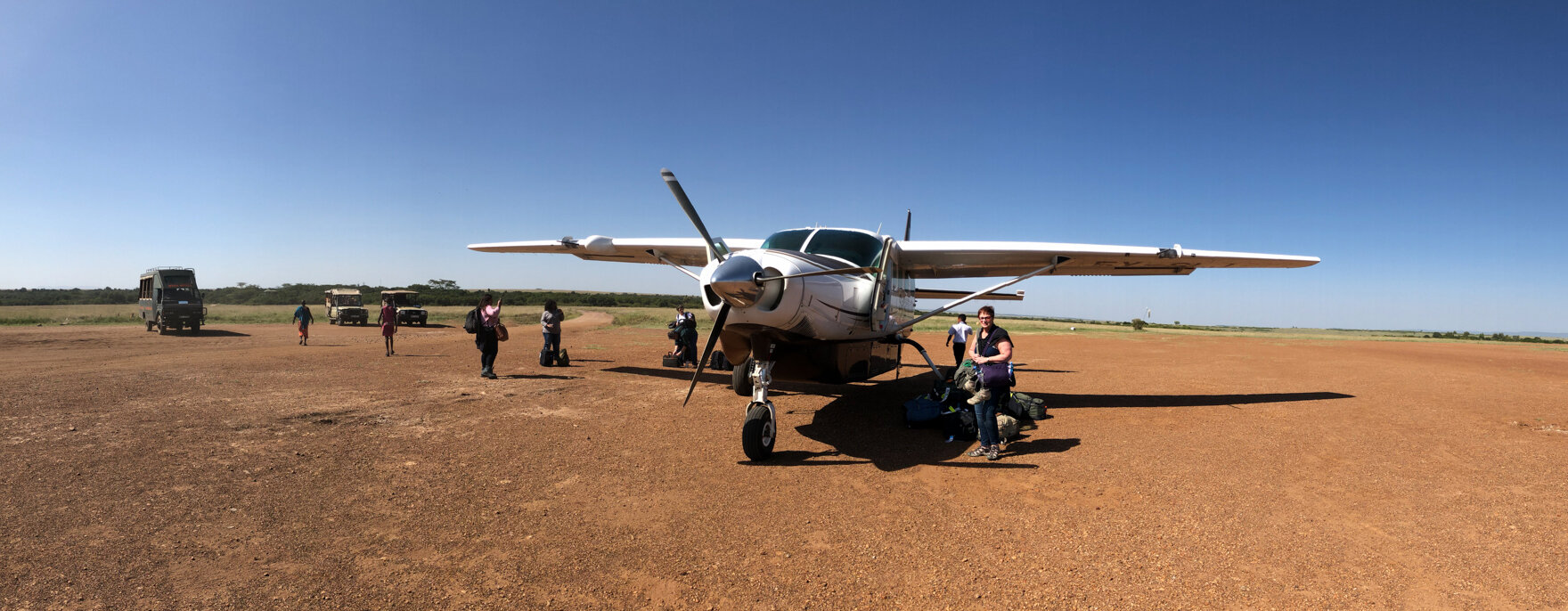A Day On Safari
All my safaris now begin and end with a regional flight. I used to make the drive out to safari locations, but after a long trip from home, the last thing most people want is to spend hours in a safari vehicle driving over bumpy roads just to get out to where your time on safari will take place.
It can be a thrilling experience to fly over the grasslands and see animals roaming as you begin to land at your regional airstrip. The drivers are waiting, the safari vehicles are ready to go, and all you have to do is grab your seat, get your camera gear ready, and get ready to start taking photos.
Your first full day on Safari begins with the pleasing knock on your door that is accompanied by the gentle sound of, “Good Morning Mr. Kevin. I have your coffee and biscuits.”
After they set your coffee on your side table they begin to open up your tent to reveal the sprawling grasslands you will be embarking on for your day on safari.
You get dressed, prepare your camera gear and enjoy the light snack with that awesome cup of french press coffee. When ready, call down to the reception area and camp staff will come to get you and escort you to the awaiting smiles of your drivers and guides.
Its time for safari!!!
My safaris usually begin before the sun rises. We are packed and heading out of camp in the dark, eager for what Mother Nature has in store for us today.
My preferred guides will have had a meeting with me to discuss what they have learned from the guides that were out on safari the day before. They present options… we discuss lunch options (Bush breakfast, packed breakfast), possible drive times, we would have secure the lunches and make sure the fridge is stocked with water, soft drinks, and a few local beers.
and OFF WE GO…
Ideally, and it doesn’t always happen, but we head out to the areas the guides think we have the best opportunity to see wildlife in the sweetest light Africa has to offer. I have learned a few important things you should keep in mind when embarking on a safari.
1- Go with the flow and let the day unfold.
2- Trust that your guides will take you to the best possible photo opportunities they can get you to. They are there because of their experience.
3- Expect the unexpected. Far too often I was photographing one species when something even more exciting happens right beside you.
4- Always have your camera ready beside you.
A typical day on safari will have you photographing a multitude of species and vistas. From Lions in golden light to Cheetahs prowling the plains, and an abundance of birdlife that is often overlooked because people are fixated on the BIG 5 and other animals in your viewfinder.
We hand-pick our safari camps with an eye towards comfort, knowledgeable and friendly staff, and proximity to outstanding wildlife. We also place huge value on privacy and exclusivity—you won't find us in areas where there are dozens of vehicles at a sighting. Typical accommodation while on safari is in bright, open, and airy tents, each featuring twin beds or a queen bed. The tents are each fitted with high thread-count linens, dressers for clothing, a sitting area, verandah, and of course en-suite bathrooms with flush toilets and hot showers. Centrally-located outlets will be available for charging laptops and camera batteries. All of our camps feature daily laundry service (on days outside of travel days). The food in our camps is also superb, and generally consists of familiar fare accented by local specialties. Don’t worry though—any dietary needs or restrictions can be accommodated. Soft drinks, house wine, beer, and spirits are always included.
We’ve arranged for the best safari vehicles—custom Land Cruisers. Each will have ample room for you and your gear, and will feature great visibility from open sides. Power will be available for charging batteries en-route, and a fridge holds cold drinks. We will have enough vehicles that only one photographer will be seated per row, allowing for largely unrestricted vantage (the front seat next to the driver-guide does count as a row, and we may also have a spotter on board to help us find the best sightings).
Photos Taken On A Typical Day On Safari
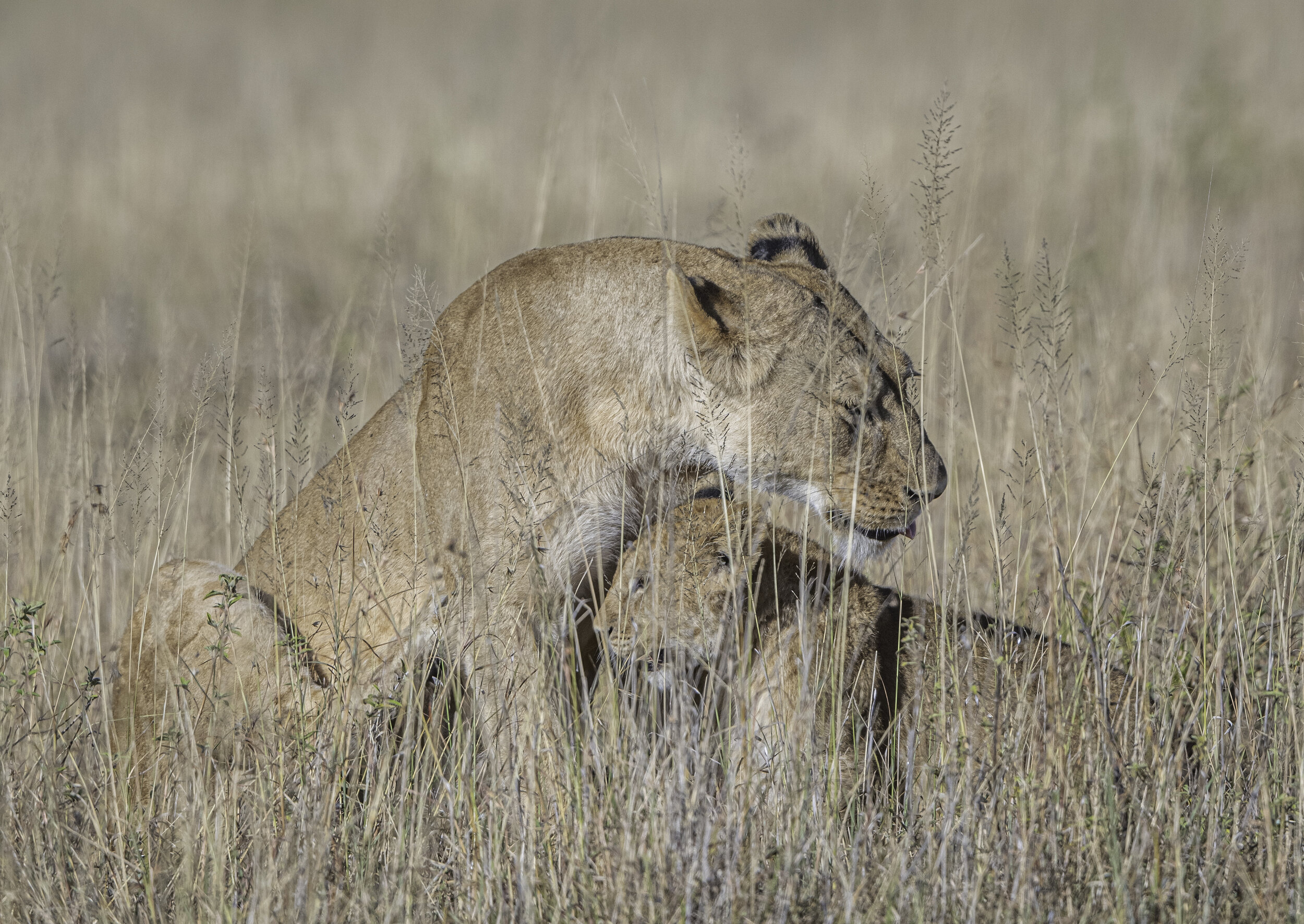
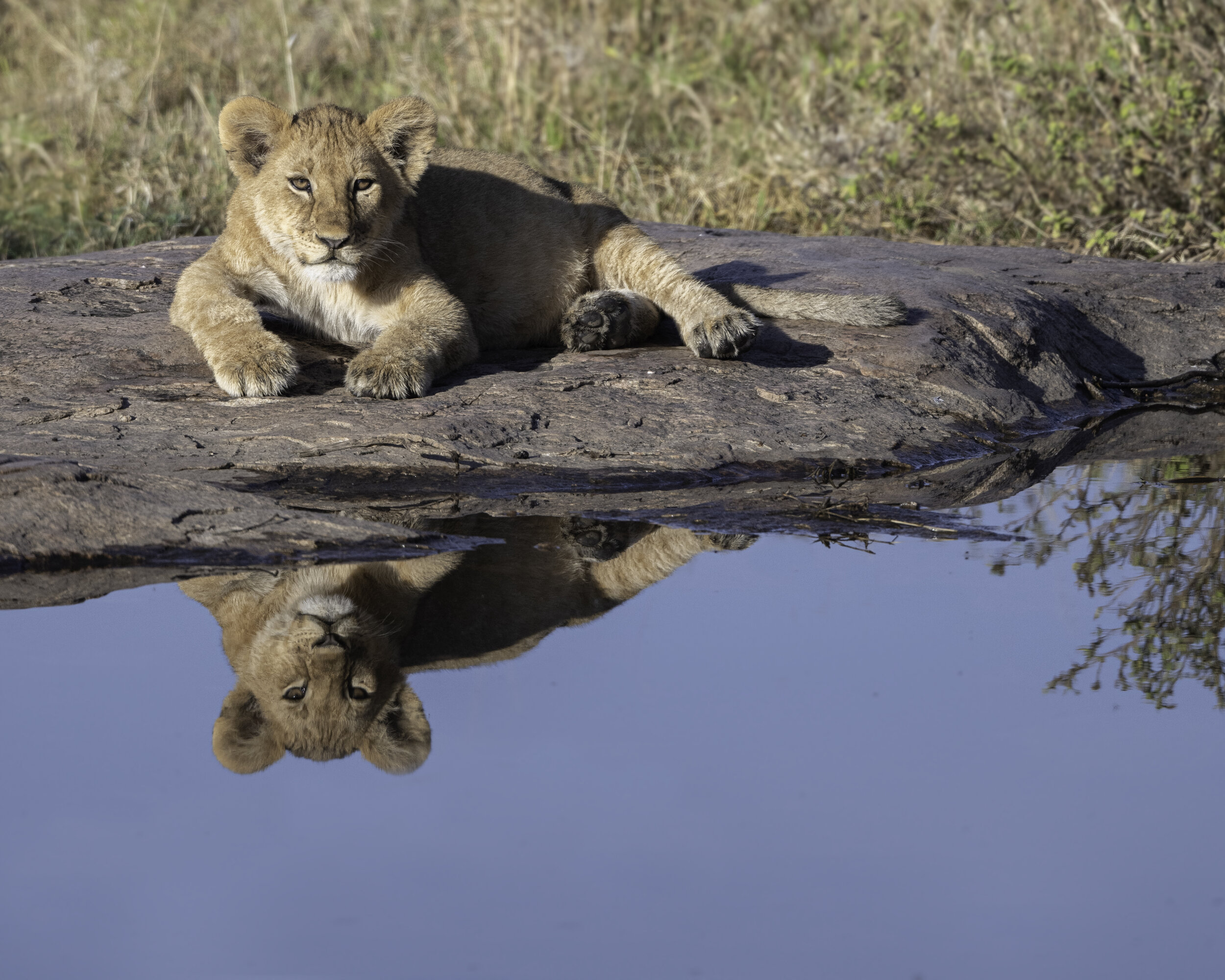
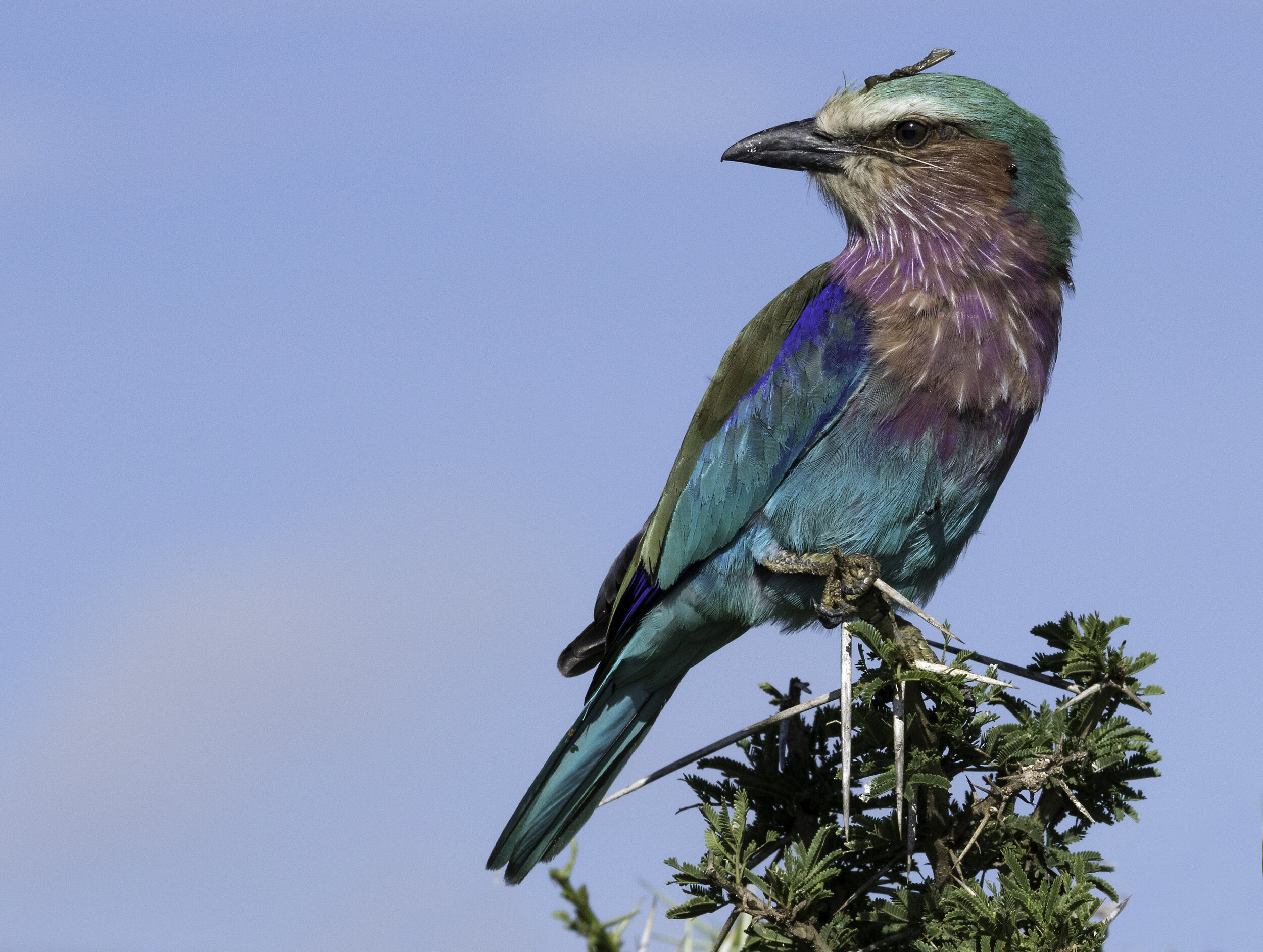
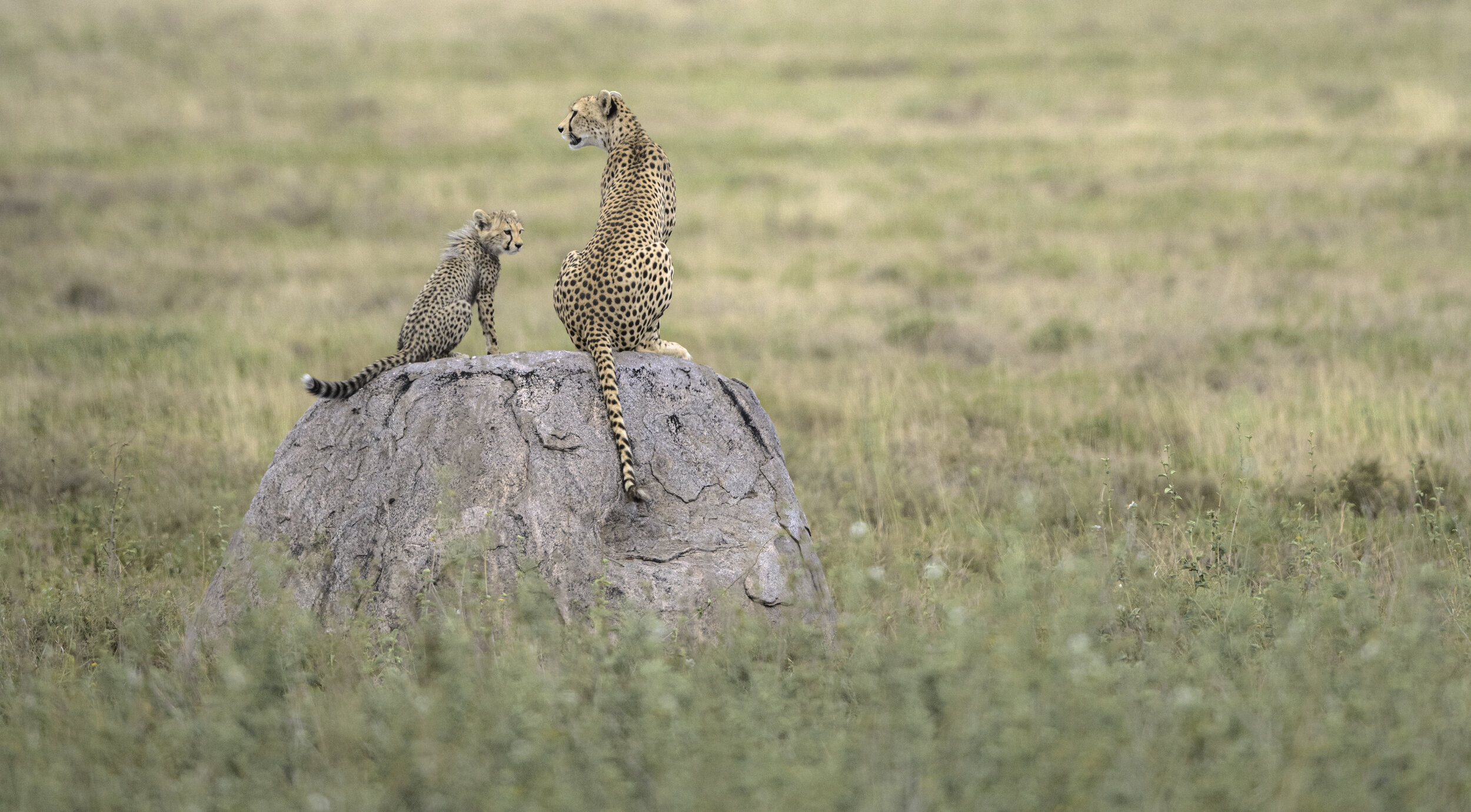
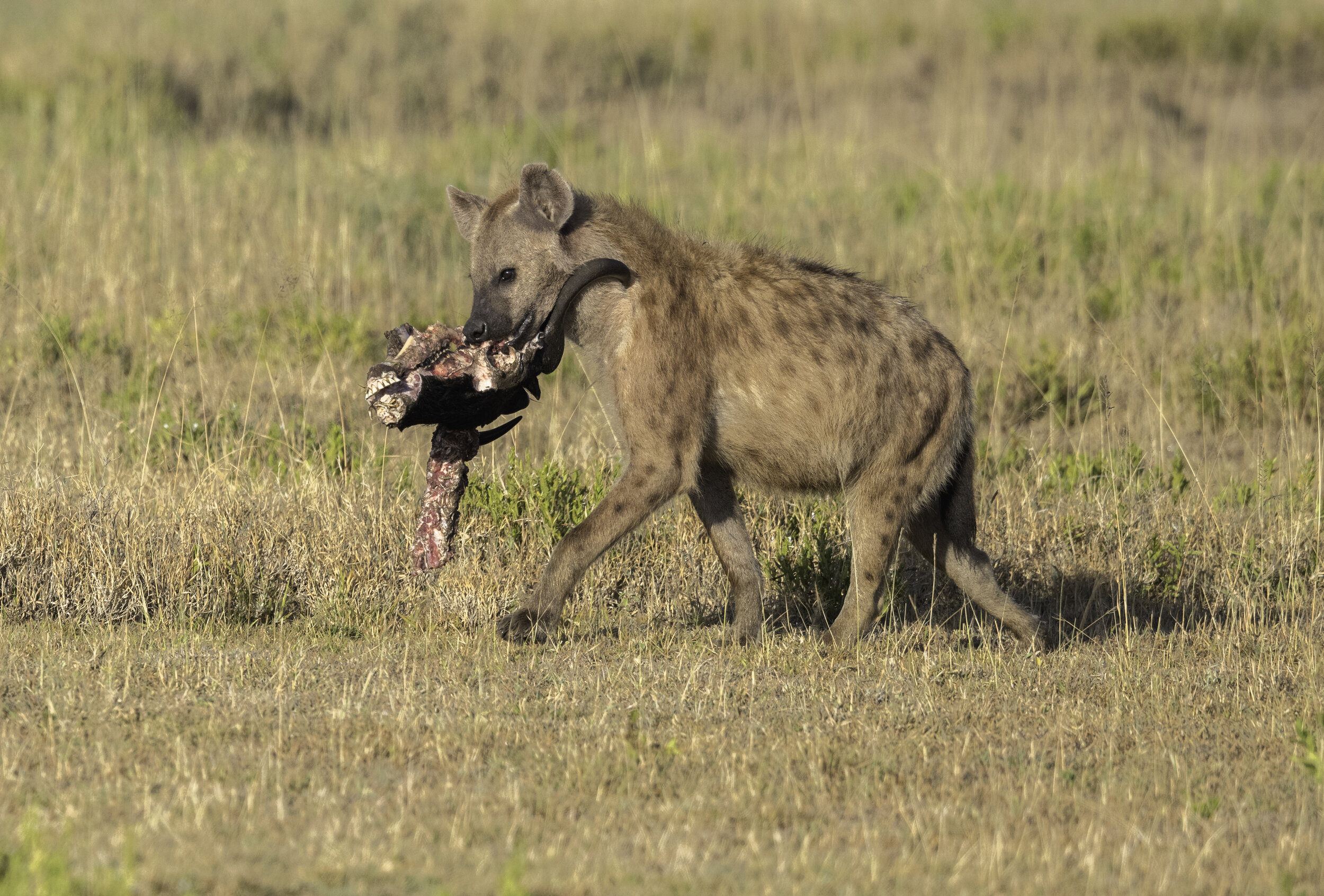
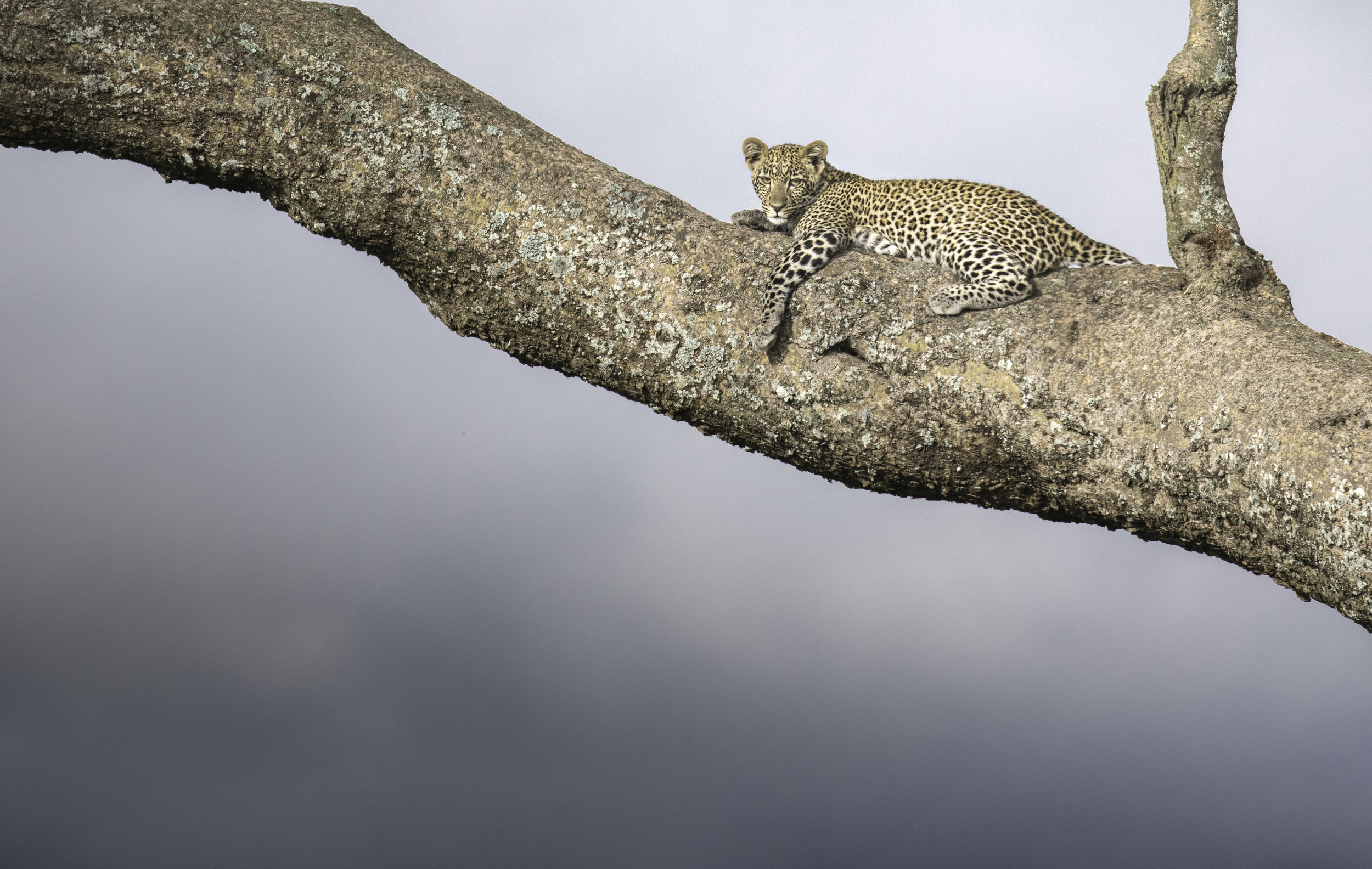
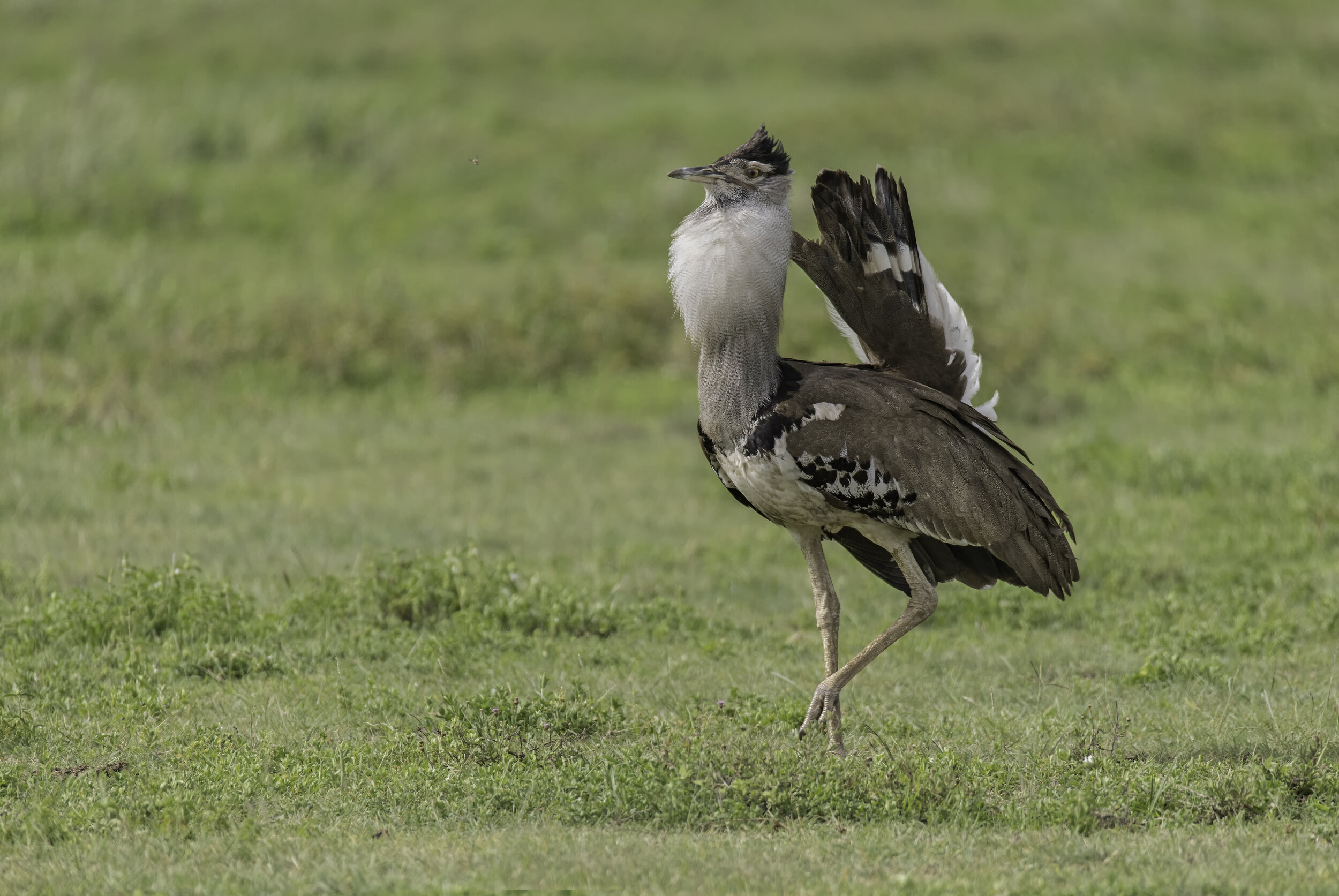
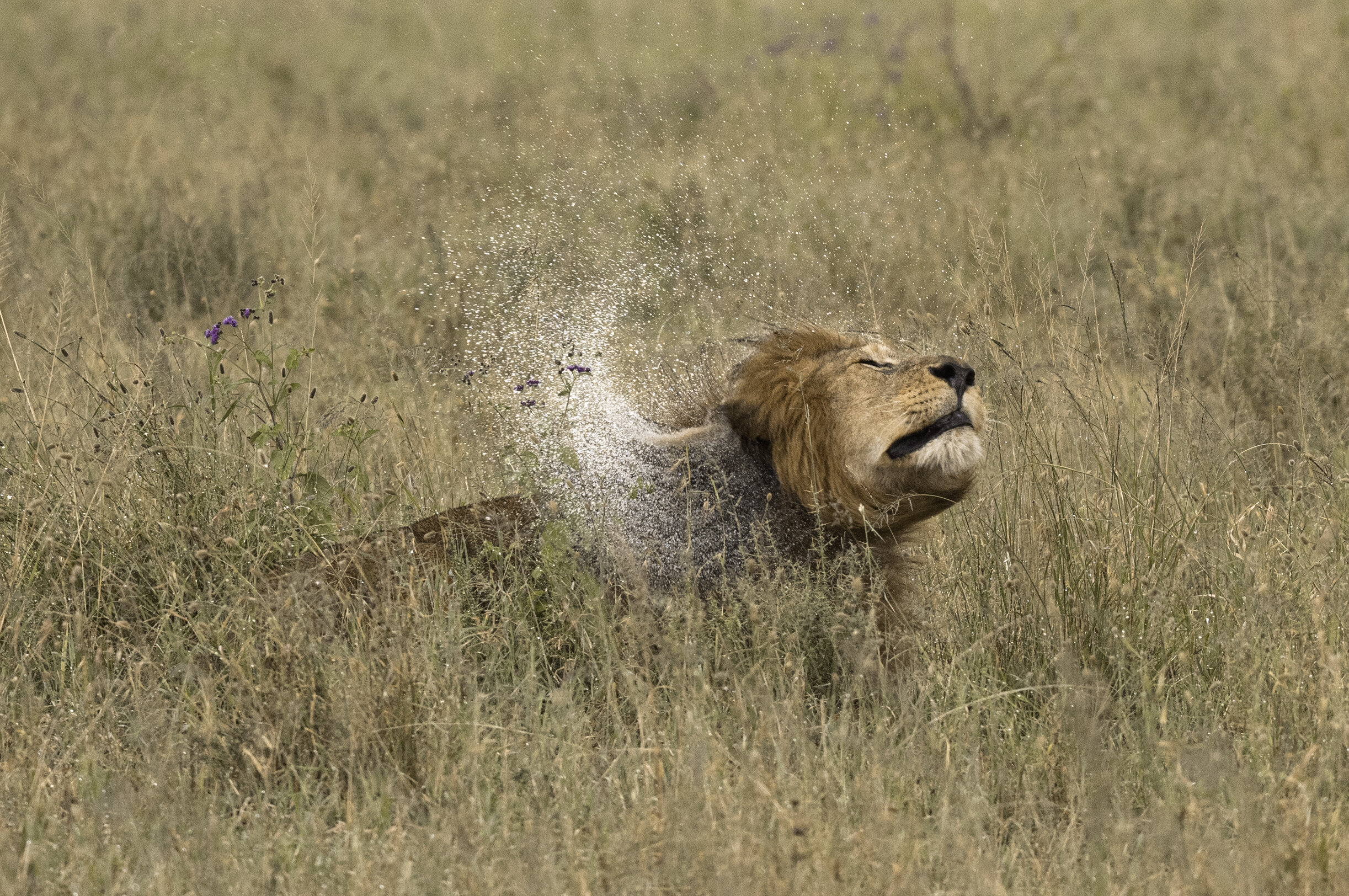
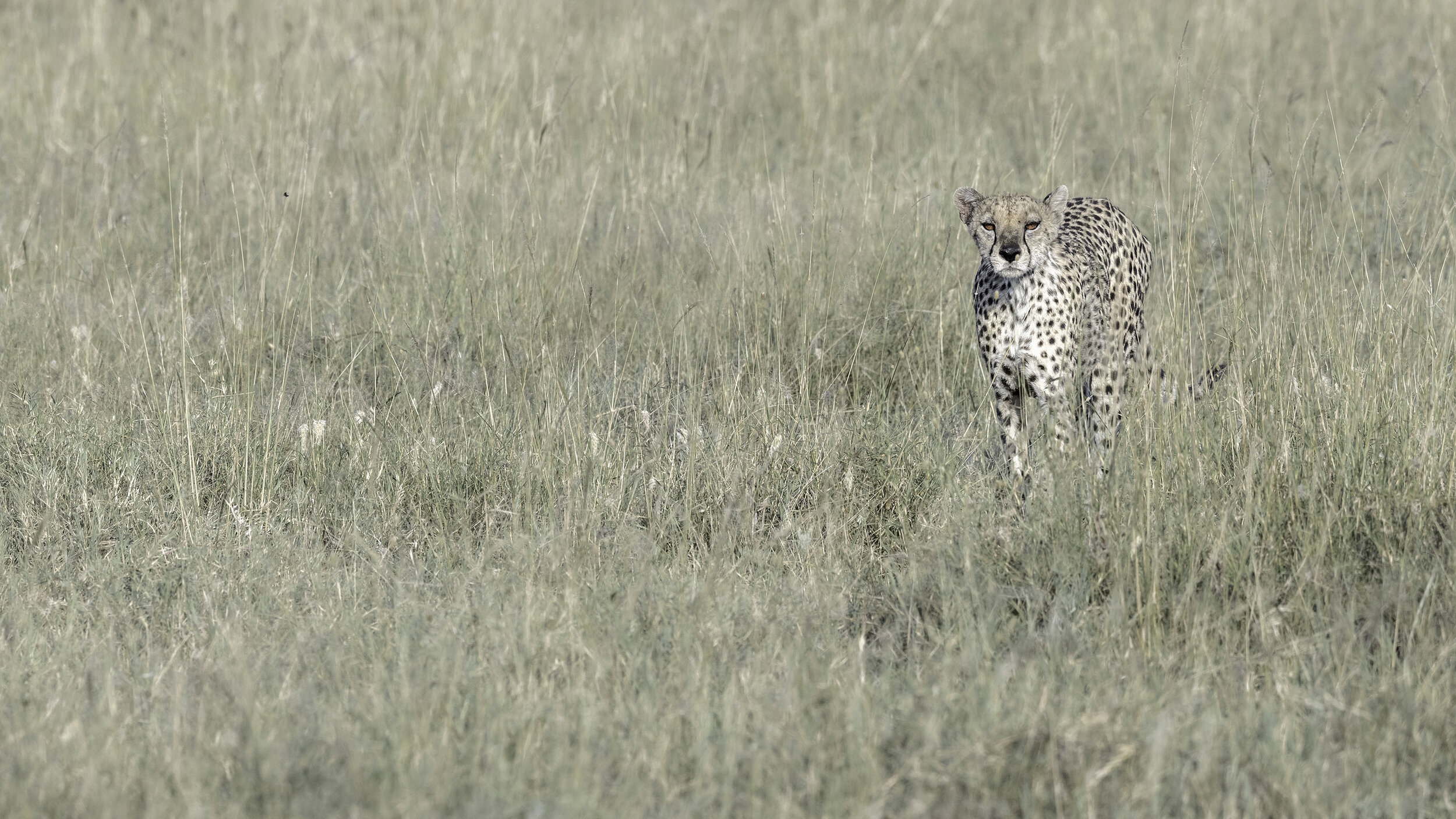
Encounters can last as short as minutes, to as long as a few hours. I have spent half a day following Cheetahs hunting, even longer watching a pride of lions maneuver themselves into position for a kill.
It is for this reason that lunches can be either boxed lunches while we photograph something amazing, while sometimes we prepare for a Bush Meal where tables and chairs are set up for a special BBQ out where the animals roam. And on some days we return to camp to relax during the midday hours before a return to safari in better lighting conditions.
At the end of your day on safari, you return to camp. Its time to get cleaned up, enjoy a beverage around the campfire where we discuss the day together, and dine on an amazing three or four-course meal that is always exceptional.
After dinner, we often gather with our laptops and go through images taken during the day. You have the opportunity to get image reviews, help with editing, composition, and suggestions on how to be better prepared with the proper camera settings for the next day on safari.
Your experience at the camp you choose can vary depending on where you stay. Some accommodation is lodge style. Some are remote, glamorous style camps. Some locations have pools, some include alcohol, and others are for safari-goers that are more budget-conscious.
No matter what your budget is, you can build a safari that suits your needs. Just do your research. Talk to people that have already been to Africa. And just go!!! Take the plunge and embark on an experience that you will remember forever.
Check out my upcoming Africa photo safaris.

